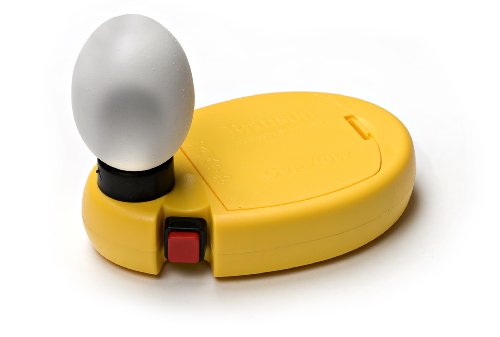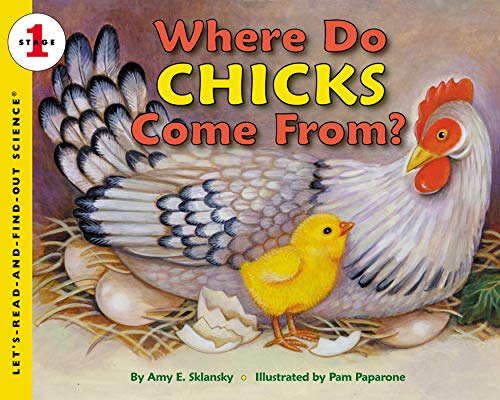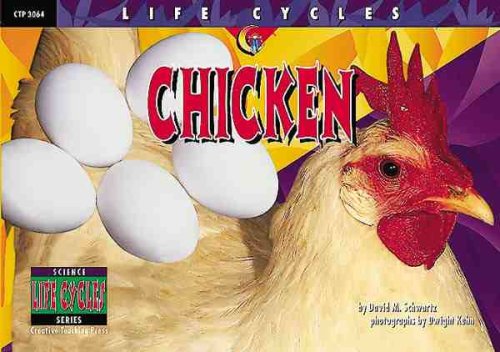*This post contains affiliate links. This means I may receive a small percentage of the sale in commission. I only recommend products that I use myself and believe in. As an Amazon Associate, I earn from qualifying purchases. Thank you for your support.
My Chick Incubation Journey
During my time as a 4-H Youth Development Educator, we must have incubated over 2000 plus baby chicks. Each spring we would set twenty chick incubators in 3rd-grade classrooms across the county bringing the joy of hatching chicks to 550 plus students.
It was so much fun! We had brown and white eggs that produced little fuzzy, yellow, black, and red-colored baby chicks.
The classroom chick incubation project taught the students all about the life cycle of the chicken, embryology, agriculture, and animal care. The teachers and students loved it! After the hatching project was finished, the baby chicks were adopted out to families who had the means to raise them, and in turn, the chickens provided the family with food.
I even had the opportunity to incubate a set of eggs at our house with my son when one of the teachers went on maternity leave and her sub didn’t feel comfortable executing the project while she was gone. (No worries! They were able to go visit the classroom next door to see the process.) We loved being able to have a set at our house! My office co-workers enjoyed it yet another year when under similar circumstances we hatched a set in our office.
You can easily do this project at home or in the classroom! The best way to experience being able to see a living create develop over 21 days from a tiny germ cell to a chirping, fuzzy baby chick. And if you are able to keep the chicks at your home, it’s even better because you get to see them grow up and eventually produce eggs of their own. The chicken life cycle coming full circle.
Here is a list of the equipment and resources you need for a successful chick hatch. We purchased most of our chick incubation supplies from either NASCO Education or Amazon.
Chick Incubation Basics: Equipment
Incubator

There are many different types of incubators on the market. The HovaBator Genesis model with the circulating air fan and digital thermometer/hygrometer is the model we preferred to use in the classrooms. The digital thermostat is preset and never needed to be adjusted. The incubator can hold up to 42 eggs but we never went above 24 when setting hatches in the classroom or at home. Why push the limits?

Brinsea makes smaller plastic incubators that are more suitable for smaller hatches and take up less space.
The most important features that you want to look for on any incubator are circulated air and a digital thermostat with temperature and humidity readings. The thermostats will be preset for the desired incubation temperature of 99.5 degrees Fahrenheit.
Automatic Egg Turner

A hen will turn her eggs multiple times a day. If you don’t have an automatic egg turner you will have to open the incubator multiple times a day to turn the eggs by hand. An automatic egg turner will do this for you, turning the eggs six times (every four hours) a day.
We used the Hovabator Chicken Egg Turner (yellow) and Little Giant Automatic Egg Turner (white). They both worked the same. When purchasing make sure you select the chicken egg racks and not the racks designed for quail or goose eggs. You can find incubator kits that include the automatic egg turner and incubator together.
Thermometer/Hygrometer

It is always good to have a second thermometer/hygrometer within the incubator to double-check the temperature and humidity. Having the optimal temperature is essential for a successful egg incubation hatch.
The hygrometer measures the amount of water vapor (humidity) in the air inside the incubator. (50-60% humidity is ideal)
Egg Candler

An egg candler is optional but very helpful in determining if the eggs are developing. The egg candler provides a light source that is placed on the end of the egg and illuminates the inside of the egg so you can see its color, shape, and opacity. We used the Brinsea Candling Lamp but also like this one from Incubator Warehouse. Again sometimes you can find the egg candler included in an incubator kit.
Brooder Box
The brooder box will be the chick’s new home after it hatches and dries to a nice fluffy chick. The chick’s new home will have a heat source, food, and water. In the classroom a simple box that is tall enough so that the chicks won’t jump out and large enough for the heat source to sit at one end and food and water at the other end. (A paper box that the reamed paper came in at school works well for a small classroom hatch). The box will be lined with newspaper with a layer of pine shavings over it.
Nasco has a classroom brooder kit that includes a cage, heat lamp, chick starter feed, and water. (Holds 4-6 chicks and would pair well with the smaller Brinsea Incubator)
For home use, I have seen people use brooder pens, built wooden pens, and metal water troughs used as brooders.
Heat Source
The baby chicks were hatched in an incubator that is 99.5 degrees Fahrenheit and when moved to the brooder they need a place that is equally as warm. You will need a heat lamp or a chick heat plate. Always have an extra bulb in case one burns out! You don’t want cold chicks.
Chick Waterer

Baby chicks need a constant supply of water. For the classroom, we purchased chick water bases and covered the tops with duct tape so the chickens would not play in the water or drown themselves. This was fine for a few days in the classroom but you need a larger capacity water source as they grow.
Chick Feed/Feeder
You will also need to provide for the chicks once they leave the brooder. They have enough egg yolk in their tummy to last 48-72 hours but will need chick starter feed or crumble as soon as reach the brooder. In the classroom, we used a simple peanut butter jar lid for this and provided a small paper lunch bag of chick starter food. (About half a bag) Any leftover food we sent home with the adopted parents/family.
You can purchase chick waterer and feeder kits from farm supply stores or on Amazon.
Hatching Chicks at Home or in the Classroom
Over the years we learned so many things about creating a successful chicken hatching process for the teachers and staff tending to the incubators. From this experience, I created the Successful Chick Incubation Guide. The guide goes over everything that you need to know from sourcing eggs to incubator setup, maintenance and cleanup, and troubleshooting tips. Download and print your own guide!
Teaching Resources for Chick Incubation
The Chicken Life Cycle
There are several books that we provided the teachers when they borrowed the incubators from our program that talked about the Life Cycle of the Chicken.
From Egg to Chicken (Lifecycles)
By Franklin Watts

Where Do Chicks Come From? (Let’s Read and Find Out Science 1)
By Amy E. Sklansky

Chicken (Life Cycles)
By David M. Schwartz

This is a fun resource for younger kids.
Playtime Felts Chicken Life Cycle Flannel Board Story Set

Chick Embryology
A lot happens in 21 days as a baby chick grows from a germ cell smaller than the sharp point of a pencil into a baby chick in just three weeks. Obviously, it is hard to see inside of an egg and egg candling can only show us a few things. So it is nice to have a visual for everything that is happening inside the chicken egg as the bank chick grows.
You have to purchase these two resources for your chick incubation project library.
Chick Quest Teacher Guide (Grades 3-5) from The Ohio State University (Get a $10 discount from Shop 4-H by using this link)
Love the calendar flipbook called, Hatching with My “Peeps” Embryology Countdown Calendar from the University of Florida 4-H Cooperative Extension.
Both resources provide a day-by-day look inside the egg as the baby chick develops. Simply amazing!
Whether you are doing the chick incubation at home or in the classroom there are learning opportunities for every age. Enjoy this incredible experience! Comment below with any questions!


